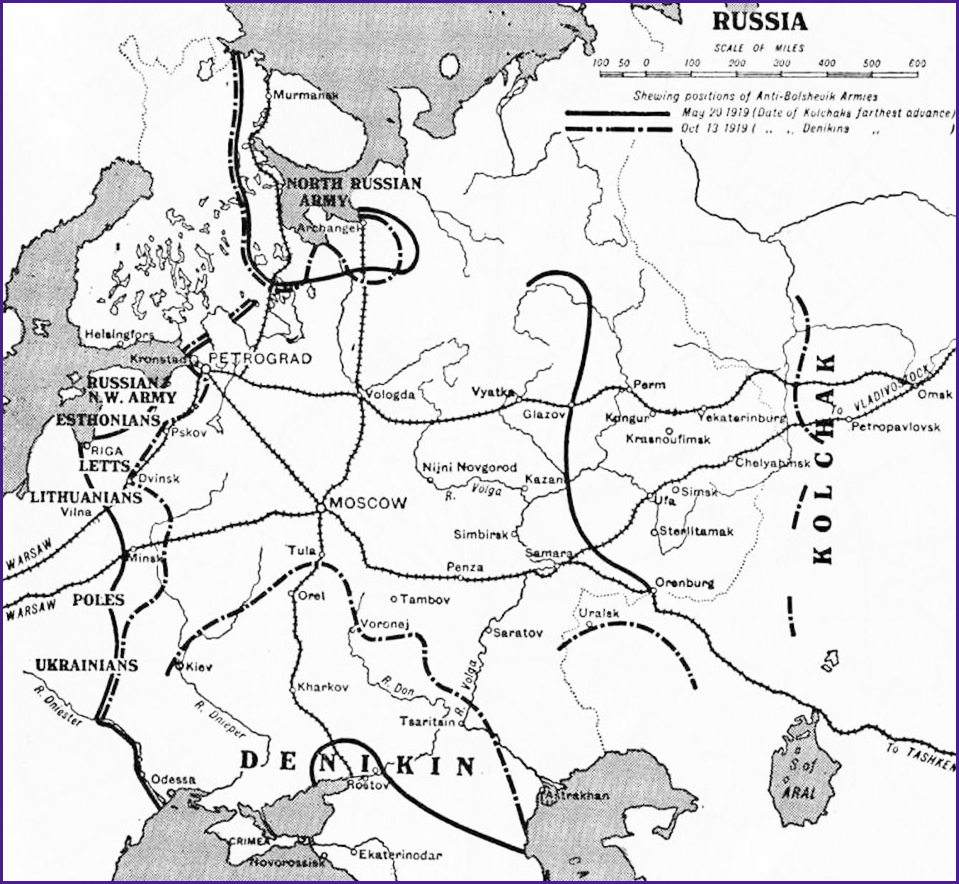

With this began civil war.įirst Phase of Civil War: 1917-1918 ↑ The “Triumphal March of Soviet Power” ↑īolshevik control was initially confined to a few urban centres. In early November 1917 the Bolsheviks seized power by force, first in Petrograd and then Moscow. He stressed the possibility of revolution in war-weary Central Europe, the consolidation of popular support for the soviets and the danger that the Provisional Government might stabilise itself through the proposed Constituent Assembly. Lenin was able to convince the Bolshevik leadership to take action against the Provisional Government. In August 1917 the Army commander-in-chief, General Lavr Kornilov (1870-1918), attempted unsuccessfully to assert military control over Petrograd in August and destroy the forces of the left. There were no open advocates of monarchist restoration, but senior figures from the State Duma, the Imperial bureaucracy and - especially - the army officer corps were dissatisfied with their marginalisation and with the breakdown of the old economic and social order they also feared the consequences of Russia’s possible defeat in the World War. Slower to emerge were political groupings of the empire’s ethnic minorities. The Bolsheviks’ demand for immediate social reform and for withdrawal from the “imperialist” war attracted increasing mass support. Others on the left, notably the Marxist Bolsheviks led by Vladimir Lenin (1870-1924), argued for a completely different form of government, based on local workers’ councils (“soviets”). The peasant-oriented Socialist-Revolutionary (SR) party, especially its leaders, was prepared to support the Provisional Government. Yet across the country political authority remained weak. Mass dissatisfaction against economic and social conditions, greatly exacerbated by the First World War, allowed leftist groups, on the fringes of legal politics before 1914, to establish a mass following. The Tsar’s abdication was followed by the creation of a Provisional Government in Petrograd, based initially on the Tsarist State Duma.

The political and social forces that emerged in Russia between March and November 1917 produced the rival factions in the Civil War. Superimposed on these three conflicts were outside forces, the Central Powers and the Allies, which tried to exploit the situation in Russia to their advantage. Finally, there was internal resistance against Communist rule, in the towns and the countryside. The second was the attempt by peripheral regions of the Russian Empire to break away. The Russian Civil War had three dimensions: The first was the struggle between the new Communist government and its organised “counter-revolutionary” opponents, in which the issues were primarily political and social.


 0 kommentar(er)
0 kommentar(er)
